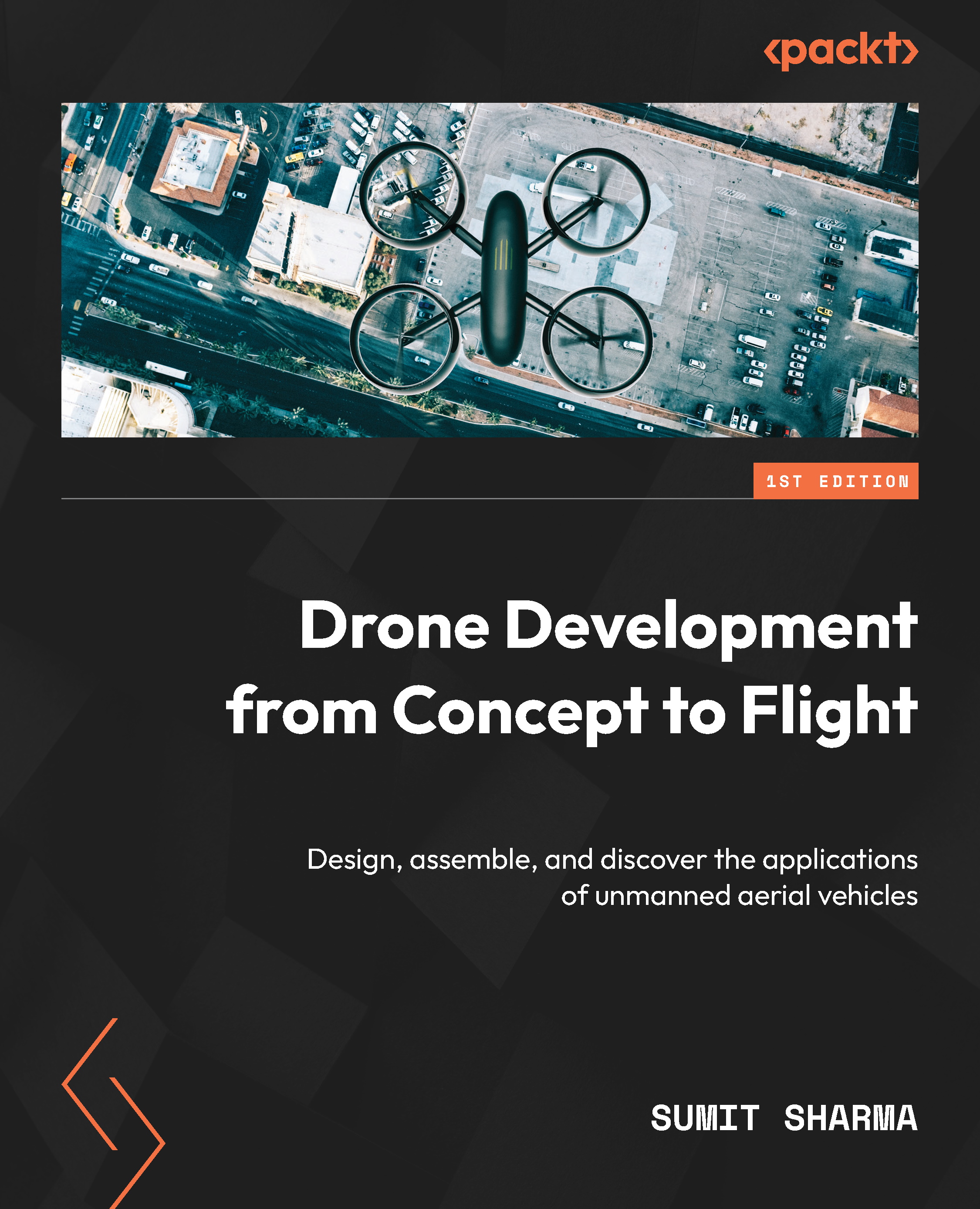System redundancy
Redundancy in drones involves incorporating backup systems or duplicate components to ensure continued operation and mitigate the impact of failures in critical systems. This redundancy is crucial for enhancing safety, reliability, and fault tolerance, especially in scenarios where system failures can lead to catastrophic consequences. Here’s an overview of various redundant components in a drone, particularly within the Pixhawk flight controller:
- Redundant sensors:
- GPS redundancy: Pixhawk flight controllers often support redundant GPS modules. Utilizing two GPS modules from different manufacturers provides backup positioning information in case of GPS signal loss or failure in one module.
- IMU redundancy: In Pixhawk, redundancy can be achieved with multiple IMUs. Dual or triple IMUs provide backup attitude and orientation data, ensuring stability and accurate flight control, even if one sensor fails.
- Barometer redundancy: Some Pixhawk-compatible drones...



























































